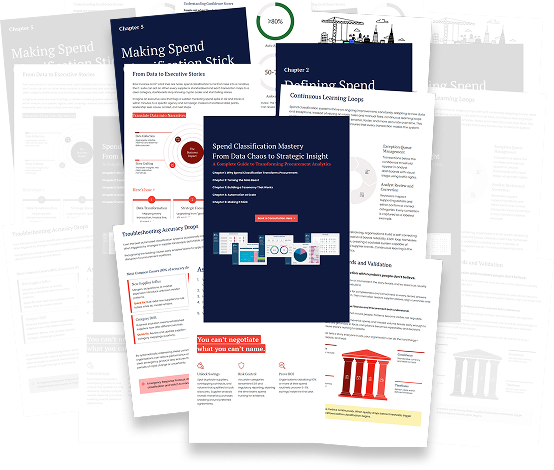Purchasing describes all those transactional processes concerned with acquiring goods and services, including payment of invoices. It is a narrower term than procurement, describing reactive, tactical processes. Typically purchasing processes are triggered by the development of a request to purchase by a user. The purchasing process differs from sourcing or procurement in three key aspects: the scope of the process, the degree of influence exerted on the process, and the nature of the choices made. In terms of scope, the purchasing process typically begins after a user has selected the solution, or defined the need, and ends on the receipt of the good or service and payment of the supplier’s account. In terms of influence, the purchasing process is primarily concerned with selecting the supplier and agreeing the terms, though the acquisition may be made against an existing agreement. In terms of the nature of decisions made, purchasing decisions tend to be focused on individual transactions, and not aligned to the organisation’s overall goals, or to choices with longer-term strategies.There is little consensus on the precise definitions of terms such as ‘procurement’ and ‘purchasing’, and in the United States, in particular, the term ‘purchasing’ describes what in Australia, New Zealand, Europe and Asia is more widely known as procurement. See also Procurement.
« Back to Glossary IndexPurchasing
Discover the world’s largest Glossary of Procurement terms
With over 800 Procurement specific terms (and growing) you will find everything you need to know or thought you knew about the Procurement function. Our aim is to provide you with a comprehensive list collated from the Comprara Groups hub of training and procurement consulting source materials.The Procurement Glossary has been compiled by industry expert Paul Rogers.










